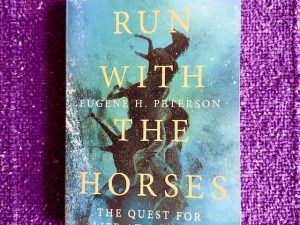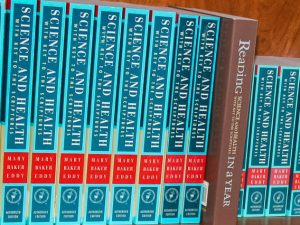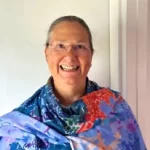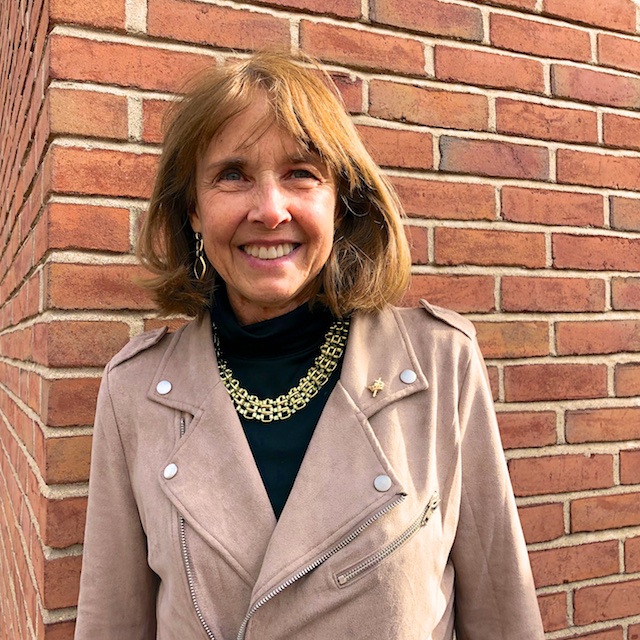
–
Yesterday I traveled with two others from Connecticut to Princeton, New Jersey for an all day presentation by Shirley Paulson, who is a Christian Science Practitioner that has a PhD in Religion. She was talking about comparing 2nd century Christians to 2nd century Christian Scientists. It was very interesting and I encourage you to hear this if she offers this talk somewhere near you.
I thought I’d give you my blow by blow notes, but so much of it needs more context than I can capture in this blog format, I’ll just hand out some teasers here, to encourage you to explore this more on your own.
We examined some of the basic “gems” that thread through thought, both then and now, but have not always been universally embraced:
- That God is good, loving, and omnipotent
- That evil is a liar, deceiving, and fraudulent
- That healing and salvation are inseparable
We know what second century Christians were thinking because many texts from this time were discovered in 1945 in Nag Hammadi, and then were finally translated in the 1990’s from the Coptic. Those authors were trying to answer the questions that people were asking during that time. For example, the Secret Revelation of John is one of these, and it explores topics of creation, the nature of evil, and salvation.
Shirley’s presentation included participation from the audience. We examined 2nd century texts along with the Bible, eventually looking at Mary Baker Eddy’s response to the questions of her time (she was the founder of Christian Science), and then discussing what our response should be in our own time. It was all very thought provoking.
Here are some sound-bites from my notes that I found pithy:
- When Mary Baker Eddy compares Christian Scientists to “primitive Christianity,” she means prior to the 325AD Council of Nicea , when everything became codified. Spiritual healing was common in those early years, but uncommon after 325AD.
- Watch video Journey Through Forgotten Texts
- Before Descartes, bodies were not considered physical but microcosms of the macrocosm.
- 2nd century Christians had different gender views, including referring to God as female and Mother. Gender was seen as a spectrum, and all (including God) were considered to have aspects of both genders. In the first chapter of Genesis we were made “male and female” (ie united), and someone pointed out that the concepts of gender had to be split apart in the second chapter of Genesis, in order for evil to be instigated. That part is an allegory designed to help us not be deceived by either the legitimacy of evil or by any suggestion of separateness from a complete range of good.
- Goodness in 2nd century literature is seen in the sharing of it. Here is a quote from the Secret Revelation of John (4:36-38), “It is the eternity who gives eternalness, the light who gives light, the life who gives life, the blessed one who gives blessedness, the understanding which gives understanding, the ever good one who gives good, the one who does good– not such that it possesses but such that it gives– the mercy which gives mercy, the grace that gives grace.” And in (7:10), “And he stood in its presence while It poured on him.”
- Repentance and reformation are required for salvation. Salvation is not about what codified belief you subscribe to.
- Gnosticism is an unfortunate and misleading term, and scholars say there is actually no such thing.
- The Savior is the light which awakens me from dark images of mortal life. We are in the process of needing a Savior, it is not a static, one time thing.
- There are two fundamental models or modes of operation in religion. One is a social model of correct human behavior, of towing the line, of doing and being good. The other is a mind model of wisdom, reason, meditation, and insight. It has been an either/or lens, which needs to be shifted to a both/and one, with the “correct behavior” not being institutional or arbitrary, hierarchal or officious, but deeply individual, authentic, compassionate, and true.
- We have been taught more than we have demonstrated, so be careful how you talk about things that are beyond your demonstration.
- Let your prayer have feet!
- As a woman, Mary Magdeline was known in the 2nd century as a leading disciple, which comes out clearly in the Gospel of Mary, but in later years she was labeled as a prostitute. Likewise, Mary Baker Eddy, subsequent to her enormously enlightened gift to mankind, has since been maligned, misunderstood, marginalized, or largely unknown and left out of history. Patriarchy would try to deny them their prominence and contribution.
- These three things are most considered a threat to the hierarchal, mainstream Christian Church both then and now: women, spirituality, and healing. Christian Science has a lot of all three.
Here is a list of some of the books we discussed, complete with links to find them on Amazon:
A New New Testament: A Bible for the Twenty-first Century
The Secret Book of John by Stevan Davies
Rolling Away the Stone, by Stephen Gottschalk
Mary Baker Eddy by Gillian Gill
Anyway, if you get a chance to hear Shirley Paulson, jump on it. Meanwhile, these books will get you out of your comfort zone, challenge your preconceptions, and get you asking fresh questions, which can lead to healing oppression and all other problems of our 21st century.
–
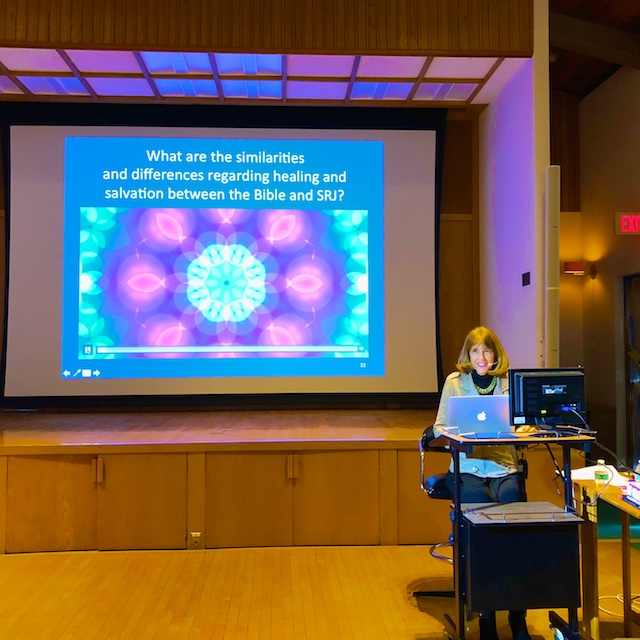
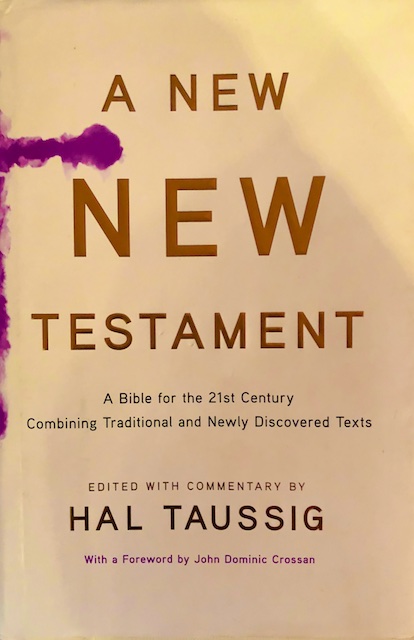
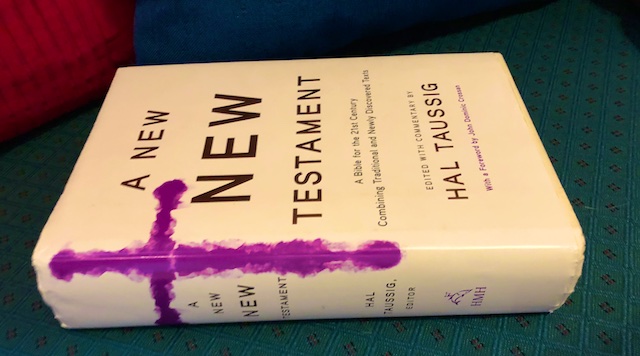
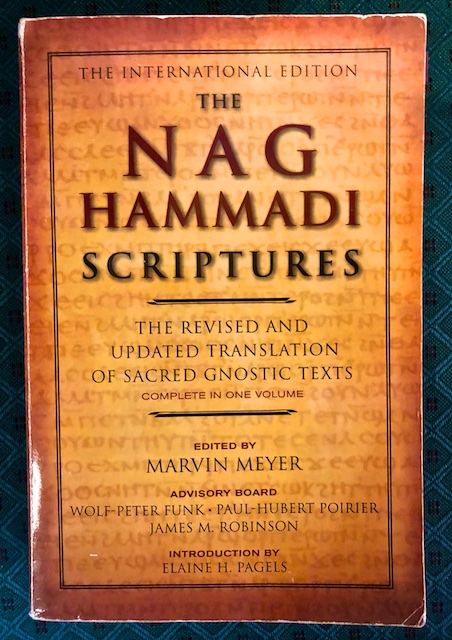

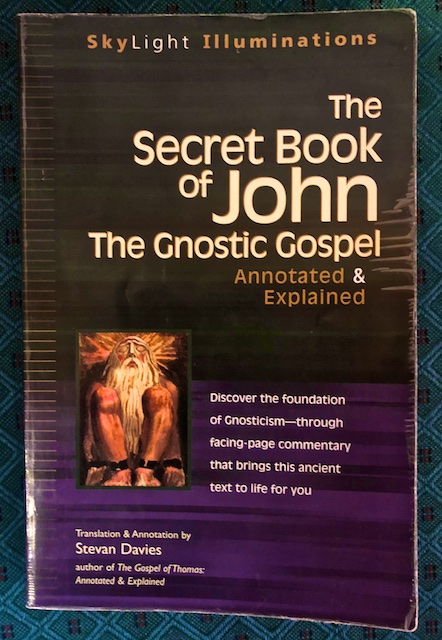
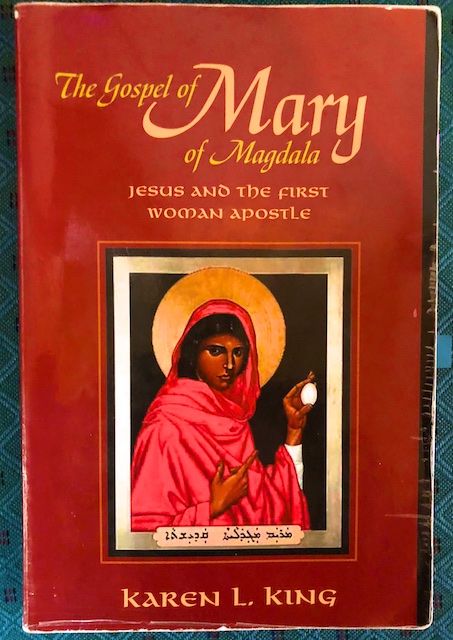
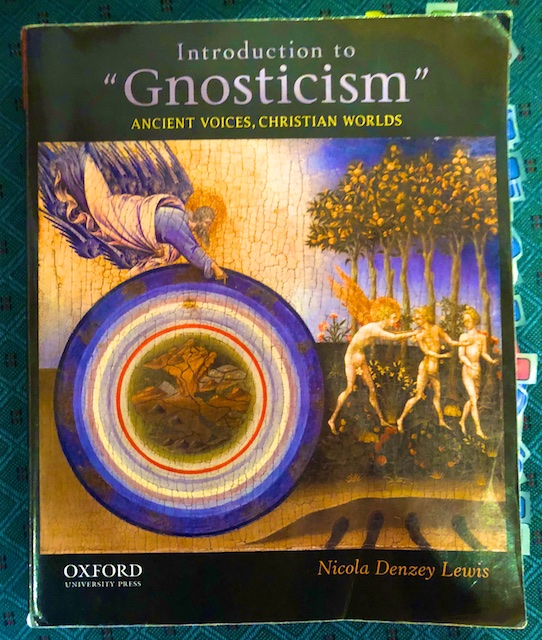
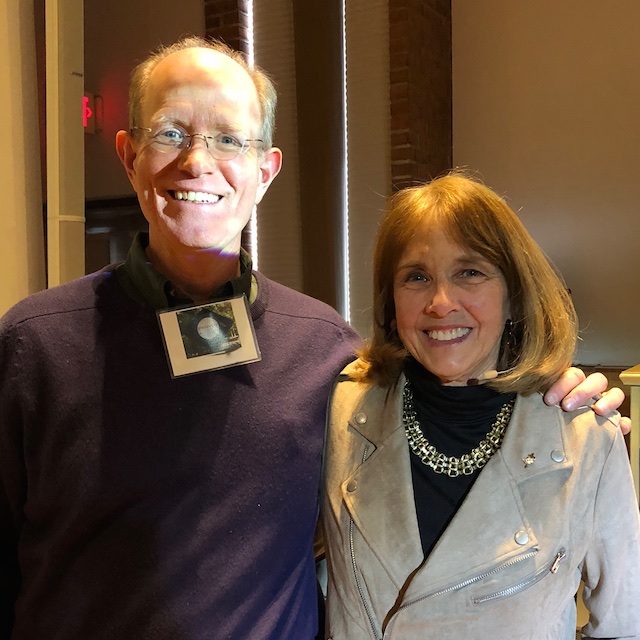
4 Comments
-
Wow! Thank Polly. Shirley is a wonderful woman, speaker and resource. You have done us a great favour writing these points from the lecture here as a “teaser”. Thank you thank you.
-
My interest in Gnosticism was intensified by Elaine Pagels’ book- ” The Gnostic Gospels. ” If a reader takes the time to read
material made available by the Nag Hammadi find, he or she will no doubt come to admire the material attributable to Valentitus. Though Gnosticism itself is not a coherent system , it’s not hard to see why orthodox Christianity found it necessary to marginalize it. Orthodox Christianity affirms the reality of Jesus’ physicality, of his death and resurrection, and of the biblical theme of redemption. Redemption makes the creation new; Valentitus sought ways to escape from it. -
Thank you, Polly, for sharing your notes and the resources she offered. I heard about this too late to sign up, and was hoping to get further info! So thank you again!!
Joan -
I highly recommend the works of scholar of early Christianity, Elaine Pagels. “The Gnostic Gospels” as well as her book “Beyond Belief,” are excellent places to start one’s exploration of the find at Nag Hammadi. The first time I heard a lecture by Elaine Pagels I thought I was listening to a Christian Science lecture. Wonderful to see how Pagels’ dedicated inquiry into early Christianity and especially the Nag Hammadi Library texts coincides with Mary Baker Eddy’s theology.
